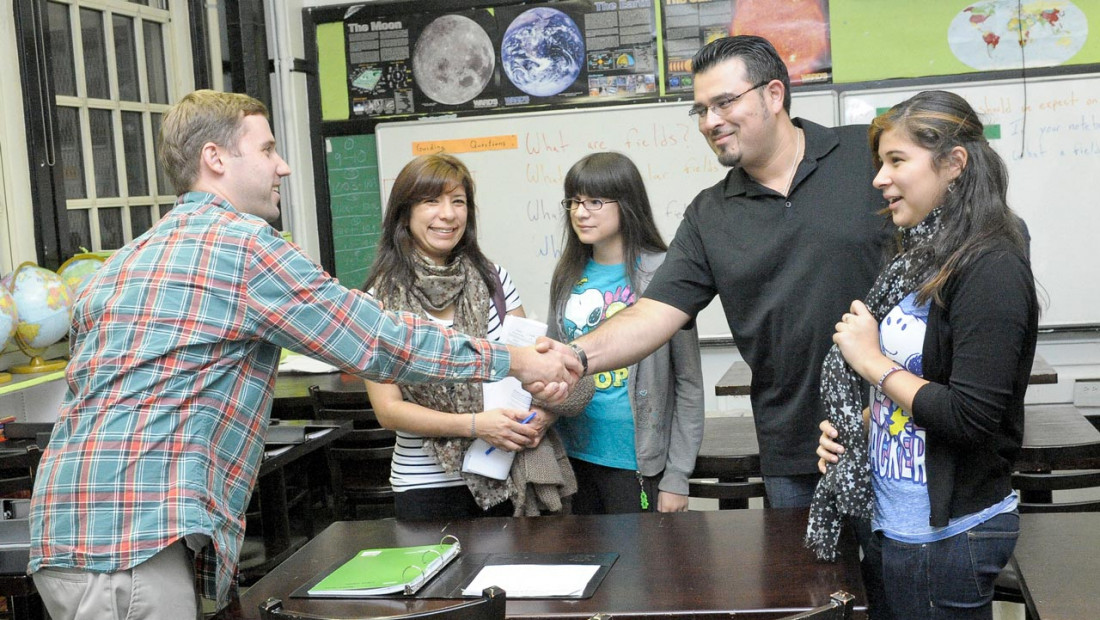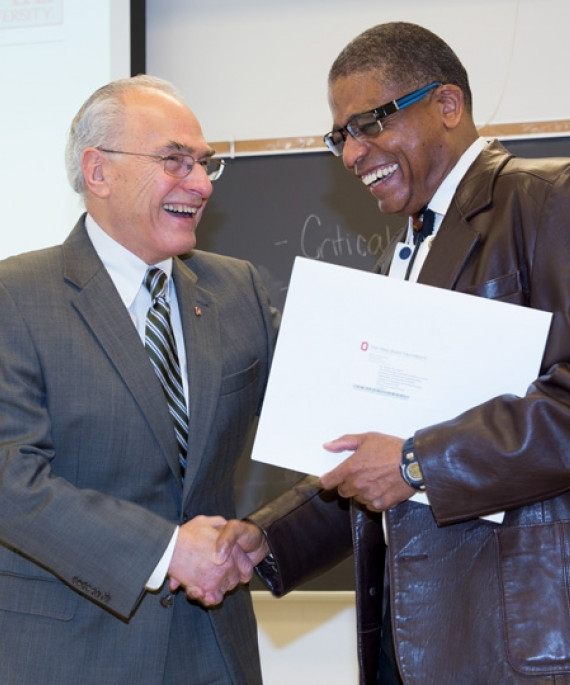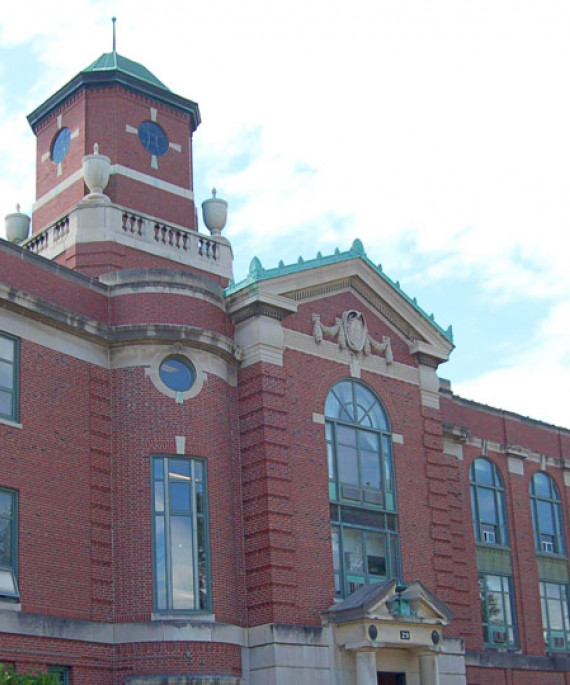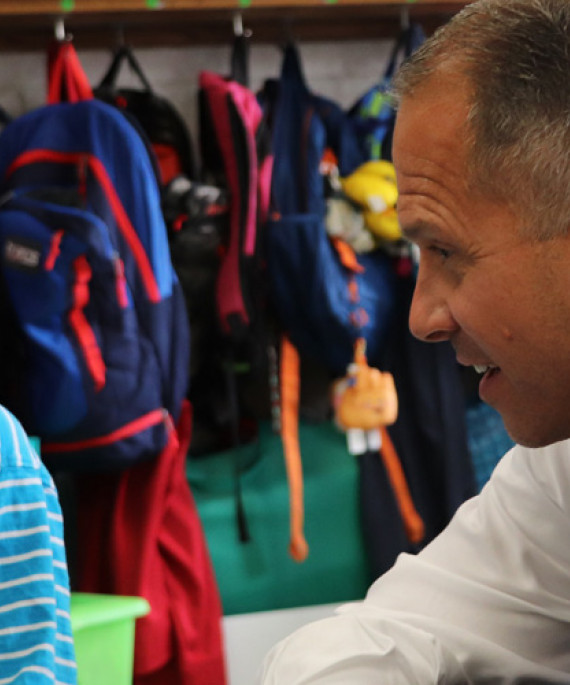
“Social capital” linked to more students passing state test
Most factors that help make schools successful cost lots of money - think teachers, technology and textbooks.
But a new study suggests one factor that doesn’t need any cash to implement can play an important role in helping students succeed at even the most disadvantaged schools.
That factor is what scientists call social capital: The network of relationships among school officials, teachers, parents and the community that builds trust and norms that promote academic achievement.
In a study of 96 public high schools in Ohio, researchers found that schools with higher levels of social capital also had students who performed better on state-mandated math and reading tests. The results held true as much for urban schools in high-poverty areas as they did for wealthy suburban schools.
In schools with high social capital, teachers reported more contact with parents, high levels of trust with students and an orderly and serious learning environment.
 “The results provide some good news,” said Roger Goddard, co-author of the study and Novice G. Fawcett Chair and professor of educational administration at The Ohio State University.
“The results provide some good news,” said Roger Goddard, co-author of the study and Novice G. Fawcett Chair and professor of educational administration at The Ohio State University.
“Social capital is available to all schools, regardless of wealth, and can provide real benefits for student achievement.”
Goddard conducted the study with Serena Salloum of Ball State University and Ross Larsen of Brigham Young University. The research appears in the journal Teachers College Record.
The results are significant because while scientists generally agree on the benefits of social capital, some have thought it wasn’t really available to those from disadvantaged areas.
“One argument has been that social capital is just a proxy for community wealth – that you can’t have one without the other,” Goddard said. “But that’s not what we found.”
That’s not to say there’s no relationship between community wealth and social capital. The study found that schools in wealthier areas did tend to have higher levels of social capital than those in more disadvantaged neighborhoods.
However, the majority of the difference in levels of social capital between schools could not be explained by their socioeconomic status, the study found.
“Wealthy schools do have an advantage in terms of social capital, but it is not overwhelming. All kinds of schools can develop high levels of social capital that will help their students,” Goddard said.
Teachers were asked to rate how much they agreed with statements that measured the amount of social capital in their schools. For example, they were asked to rate whether teachers in their school had frequent contact with parents, whether teachers trusted their students, and whether parental involvement supported learning.
Each school was then given a total score on social capital based on the teacher evaluations.
The researchers then examined whether social capital scores were linked to the proportion of each high school’s students that passed math and reading tests – after taking into account whether the schools were in urban areas, the socioeconomic status of families in the school area, the size of the school and the percent of student cohort that passed the most recent previous tests.
Even after controlling for all of these factors, levels of social capital still predicted how well a school’s students did on the state tests.
“This suggests that a student’s success isn’t just based on the wealth of his or her neighborhood,” Goddard said. “That’s an important and hopeful message. The involvement of parents and community members in support of student and school success matters to children’s learning. ”
But he emphasized that even if schools in wealthy areas didn’t have all the social capital, they still did have an overall advantage.
“We still need to find ways to help all schools fully develop the social capital they have available to them,” he said.
Much of that is determined by school leaders, Goddard explained – which suggests principals have to be open to involvement by parents and community members, and should encourage teachers and parents to talk to each other.
“School leaders drive a lot of this. They can have open houses, meet with parents, and invite them into their schools. They need to organize and engage people across the community and not only parents. School leaders are the key to setting the tone.”
Photo Credit: Innovation_School - Flickr




